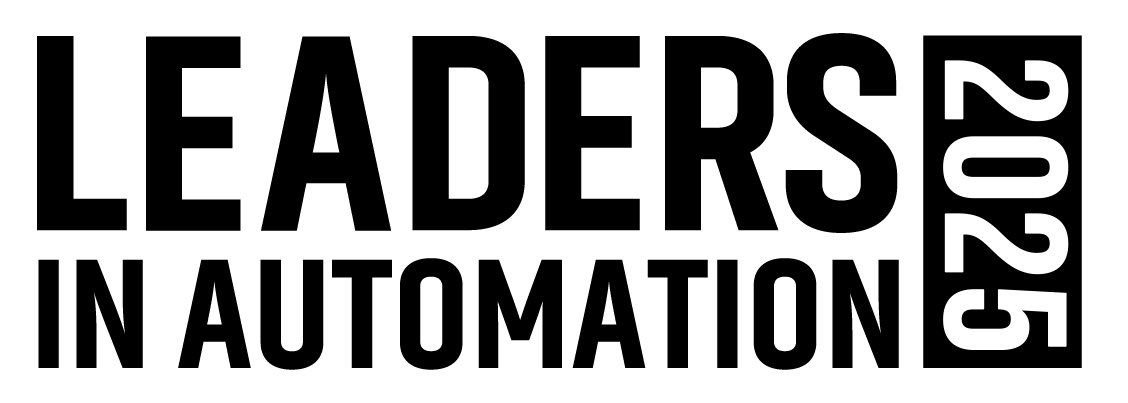Automation Solutions to Address the Workforce Gap
The U.S. is grappling with a significant labor shortage, with 3 million unfilled job positions as of October 2023, and an increasing number of workers leaving their jobs for better opportunities, partner publication Control Design reported.
This scenario creates an opening for automation to play a crucial role in addressing the workforce gap. With 9.5 million job openings and only 6.5 million unemployed workers, automation engineers could find opportunities in designing and implementing solutions that fill these positions, particularly in industries experiencing a labor reshuffle.
The use of robotics and automation technologies could help alleviate the impact of the shortage by handling tasks that are dirty, dull or dangerous, thus enabling human workers to focus on more skilled and strategic aspects of their roles.
To learn more about how automation can help solve labor problems, read the full article from Control Design.

